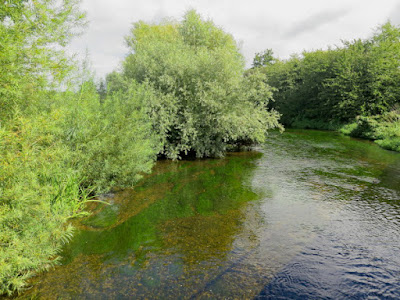By the beginning of Week 25 of the COVID-19 Pandemic, although I had kept my travel by public transport to an absolute minimum, I had managed to get out for a good walk on more than 20 occasions. Also, at least for providing subject matter for writing my Language of Stone Blog over the winter months, it had been surprisingly productive.
For the past few years, apart from the days out with the Sheffield U3A Geology Group, I had looked forward to the Heritage Open Days festival in September to provide an additional incentive for me to get out of the house in the autumn; however, with these options not being available, I continued my investigation of places on the Sheffield to Lincoln railway with a day out to Retford – one stop further down the line than Worksop.
Arriving at the low level platforms, I first made my way up to the Grade II Listed Retford station, which was completed in 1852 for the Great Northern Railway, from London to York, and is built with ‘white Gault’ bricks made from calcareous clays in East Anglia.
Not finding any maps and having to ask for directions, I retraced my steps and headed south in the general direction of the village of Ordsall, where I had identified All Hallows church as worth visiting when planning my day out.
As soon as I arrived in the old part of Ordsall, I immediately noticed that the older vernacular buildings were made of red brick with red pantile roofs - a pattern of building materials that is quite typical of Nottinghamshire, which is mainly underlain by Triassic strata that generally do not produce good building stone.
With Ordsall being located 1.5 km from Retford town centre, I didn’t have time to take advantage of the Ordsall Parish Scarecrow Festival that was taking place on the first weekend in September, which would have given me a reason to further explore the village.
After taking a quick look at the exterior of the locked church, whose porch contained a couple of Quakers that had been entered into the festival, I proceeded down All Hallows Street to Goosemoor Lane, where the red brick Ordsall Mill bridge crosses the River Idle.
I had never encountered this river before but, when undertaking surveys for the Doncaster Geodiversity Assessment, I had become aware that the River Idle and its precursors have been responsible for the deposition of the large expanse of Quaternary river terrace deposits between Retford and Doncaster.
Looking down from the bridge into the river, although it is quite wide and has a very extensive flood plain, I was interested to see that it is very shallow and obviously unnavigable here – a characteristic that continues downstream until Bawtry is reached to the north, which was once a very important inland port connected to the River Trent.










No comments:
Post a Comment